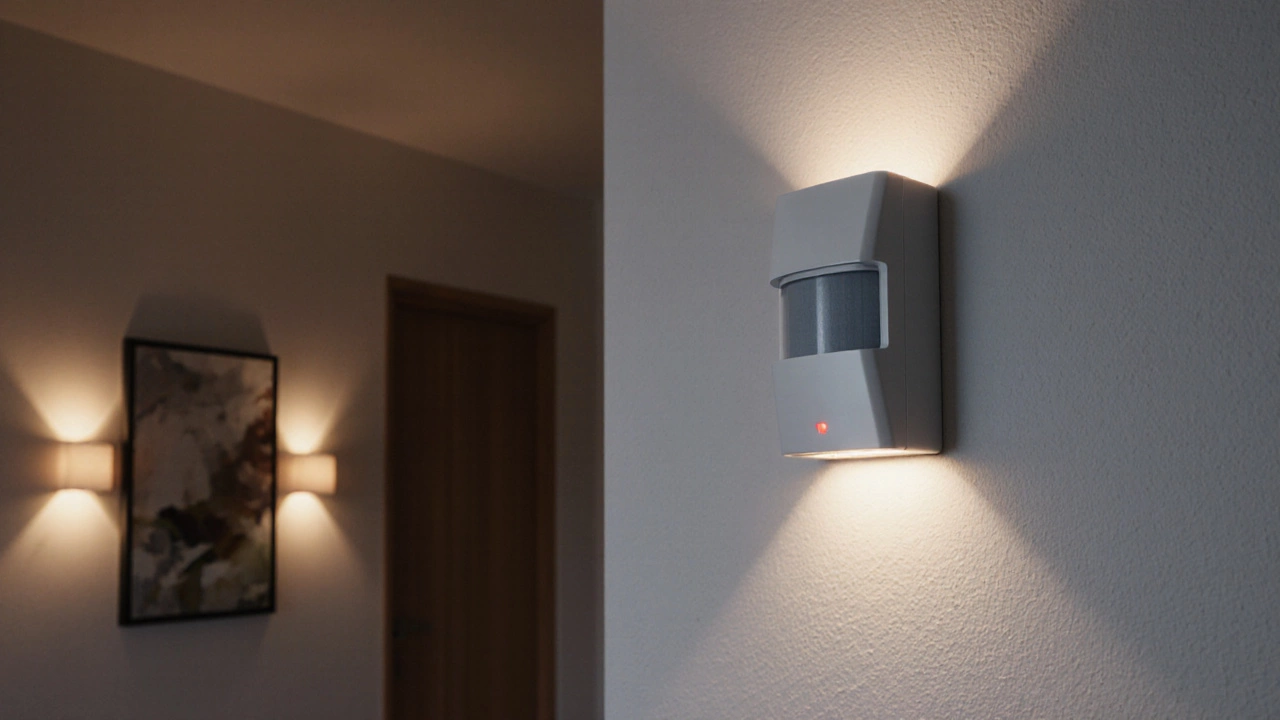When working with Ultrasonic Sensor, a device that sends high‑frequency sound pulses and measures the returning echo to calculate distance, providing contact‑less motion and proximity detection. Also known as sonar sensor, it delivers reliable sensing even in darkness or dusty environments. This technology is a core part of motion detection, the process of spotting movement to trigger alerts or actions and often works hand‑in‑hand with security cameras, video units that monitor areas and start recording whenever motion is sensed. Both feed data into alarm systems, hardware and software that notify homeowners or authorities of a breach, creating an integrated IoT security network. ultrasonic sensors are the invisible watchdog that makes this chain possible.
For an ultrasonic sensor, the main attributes are range, frequency and output type. Typical range values run from a few centimeters up to 5 meters, while frequencies sit between 40 kHz and 200 kHz, delivering precise distance readings. Output can be analog voltage, PWM signal or digital serial data, letting the sensor plug straight into micro‑controllers, alarms or smart hubs. In home security, these specs enable a hallway light to turn on the moment someone steps inside, a garage door to stop closing if a car is still moving, or a doorbell to verify a visitor before triggering a video feed. Outside the house, the same principles protect warehouses by detecting forklift movement, guide robots in factories, and even keep pets out of restricted zones. Across the board, the common thread is that ultrasonic sensors turn sound into actionable data, making automated safety both affordable and dependable.
The articles below dive into how these sensors fit into the broader security picture. You'll find practical tips on installing wireless cameras, choosing no‑fee alarm kits, understanding video doorbell legality, and even protecting outdoor lights from rain—each piece showing a different angle of the sensor‑driven ecosystem. By the end, you’ll see how a simple sound pulse can lock down a property, save energy, and give you peace of mind.

Discover the three main motion sensor types-PIR, microwave, and ultrasonic-along with their pros, cons, and best use cases for home security.